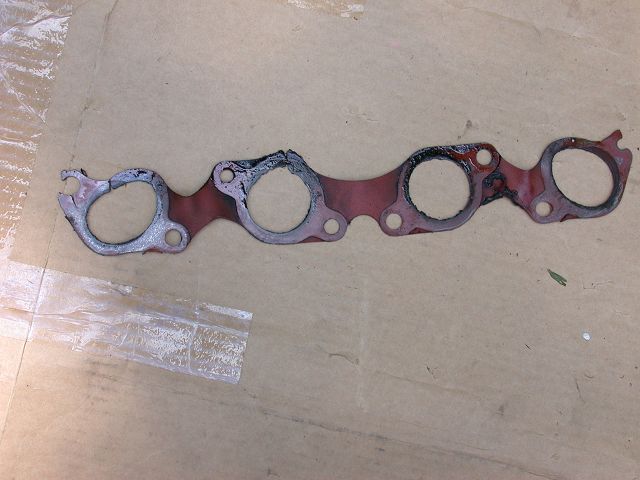|
As I’ve said before, own 240’s long enough and you will eventually see one of every problem.
Two winters ago, during a witch’s tit cold snap, my ’93 wagon was a very hard start a couple of times. No check engine light, no codes, so I verified the Engine Coolant Temperature Sensor (ECT) which showed good. The weather warmed and the car started and ran normally, again. I convinced myself the hard start was a fluke and I knew from experience that I would waste a lot of time trying to find a problem without a symptom glaring at me.
A year later, the problem showed up again during an extremely cold period, but this time it lingered. As before, a couple of times the 240 had to be cranked a long time before it caught fire, but this time it settled into a rough idle with a Check Engine light.
Since the car ran well enough, albeit with an irregular idle, I put off getting involved with the repair until the weather warmed. I thought I had wrestled this pig to the ground whenever I pulled the codes – 121 and 232. It had to be the Air Mass Meter (AMM), or so I thought. A known-good AMM proved my thinking in error.
By the way the engine was Idling, I figured it had a vacuum leak. I checked every vacuum line, port and fitting – nada. I then sprayed around the intake with some carb cleaner with no result – more on that later.
So, I began the systematic Engine Management dance. Once all the checks outlined in the Bentley did not reveal ANY queefed out components, I started to go esoteric.
I tried a good Idle Air Control Valve (IAC). I tried a new ECT, grounded but not screwed into the head (replacing an ECT is something I’ve learned to avoid if at all possible). The idle seemed to change when I pulled on the wiring to the ECT so I thought that perhaps the ECT wiring had a fault. I broke out the ECT conductors from the mass connectors for the Engine Control Unit (ECU) and the Idle Control Unit (ICU) and went overland with external conductors to the ECT. No change.
Getting desperate about this time, I tried another Ignition Amplifier, installed new plugs, checked the ignition wires at night, installed rebuilt injectors, installed a new Crank Position Sensor (CPS), tried another Fuel Pressure Regulator (FPR), rung out every conductor in the engine compartment, cleaned every connection and even checked the motor mounts with the engine pulled up by an engine support bar just to make sure. No change.
Being the car was bought used and, now, getting REALLY desperate, I thought perhaps a worn timing belt had jumped time, even though I had to ignore the fact that the car started easily once the weather warmed. The timing belt was OK.
I had arrived at the point of despair where I began to think that I might NEVER find the problem. Although I had checked already, I kept thinking the ratty idle seemed like a vacuum leak. So, I got a fresh can of carb cleaner this time connected to two feet of capillary tubing and, waiting for the wind to die down (during the first go round it had been rather windy), I sprayed thoroughly around each intake manifold flange. Praise the Lord! When I hit the underside of the No. 1 flange, the idle took off.
When I finally got down to the intake gasket, I had to wonder how the car ever ran at all. The gasket hole for the No.1 cylinder was so egg-shaped, it made for a direct shunt to atmosphere. I guess adaptive engine management can work miracles.
In the end, I am kicking myself for not being more careful checking for a vacuum leak, but also I have a renewed respect for instinct. It wasn’t all a waste of time because I was forced to generally freshen up the engine and do some of the nasty tasks (the ECT and the CPS) which will need done eventually anyway.
Rich (near Pittsburgh)
|


